The Guide to Business Casual Shoes
Widely adopted by workplaces as the default dress code, business casual blends two different styles together. This article decodes what ‘business casual’ means and dives into the different styles of shoes that are appropriate across the business casual spectrum, along with recommendations on how to incorporate them into your work ensembles.
Decoding The Business Casual Dress Code
As its name would suggest, business casual attire is a relaxed take on traditional business wear. It’s typically used to define what is appropriate for an office or workplace setting, comprising crisp but comfortable silhouettes that give the wearer a neat appearance.
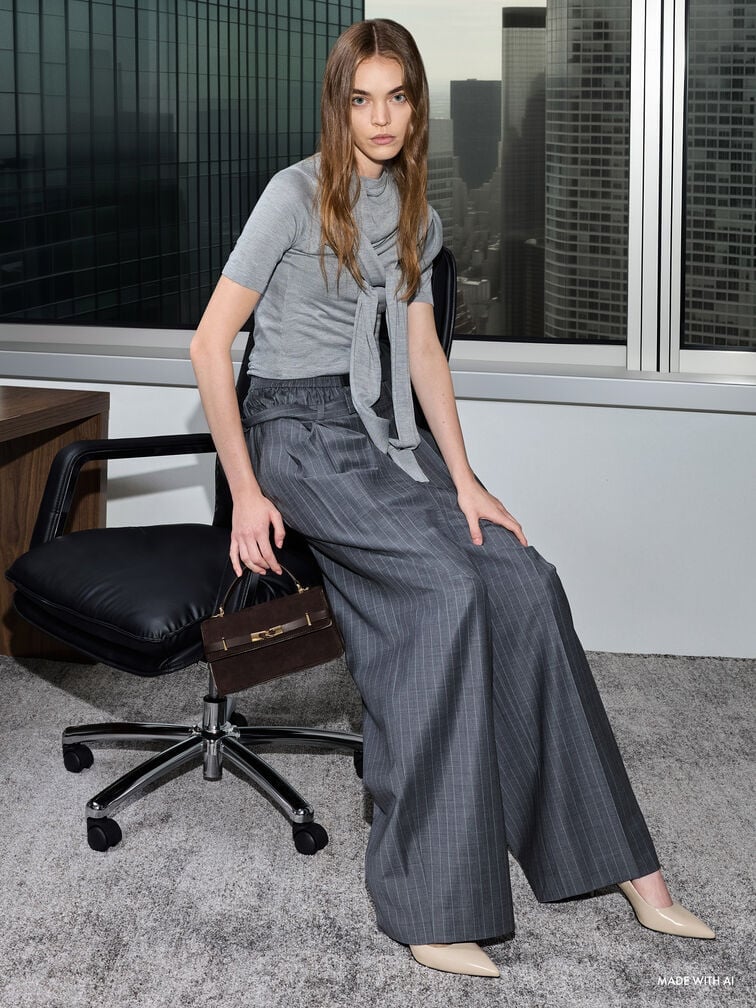
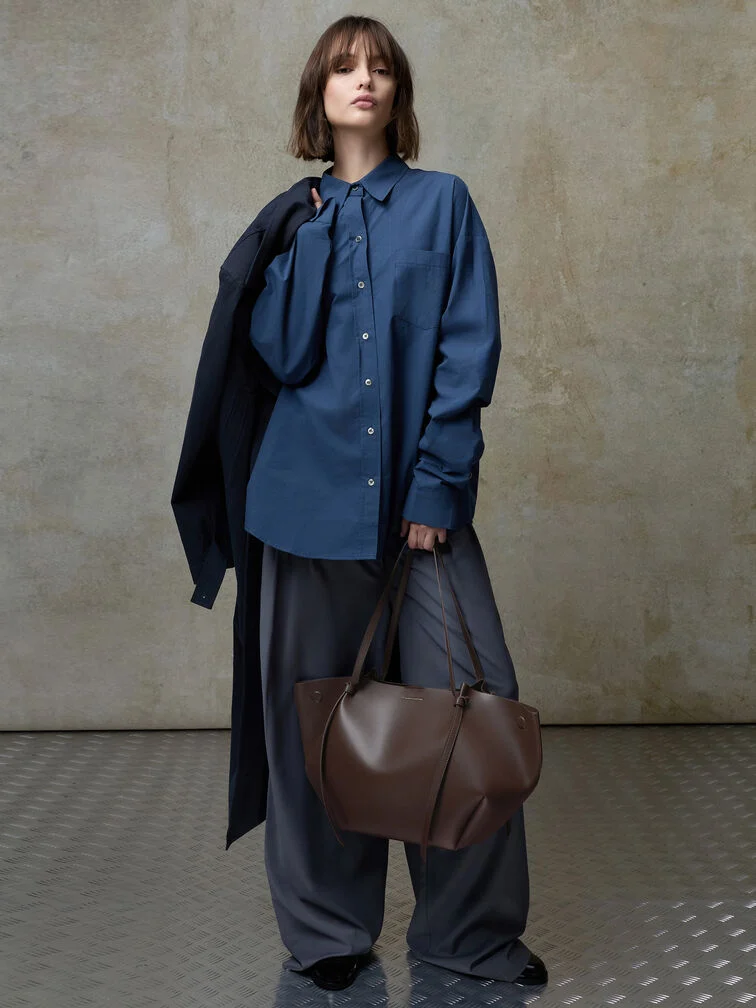
Depending on the type of industry and the nature of the company, there are different interpretations of the business casual dress code. More formal industries — like law, education and finance — might abide by more conservative standards, such as button-up shirts and tailored dress pants. On the other hand, creative industries are likely to allow more casual attire like dark-wash jeans, slacks and open-collar shirts, as well as touches of personal flair.
Business Casual Dress Code In The Context of Shoes
When it comes to shoes, there are many options suitable for dress codes across the business casual spectrum. Closed-toe, covered shoes in neutral or dark hues are the general recommendation. They should not feature any loud patterns (e.g. animal prints, polka dots, stripes), nor should they be made from soft materials like canvas. Apart from that, there are a variety of styles you can choose from, which will be further discussed in the next section.
TIP
If you aren’t sure what to wear for your first day of work, it is best to adhere to more formal options. Thereafter, you can observe your colleagues to decide which shoe styles are appropriate for your workplace, or consult with your Human Resources department directly.
Essential Business Casual Shoes For Women
Depending on your workplace dress code and personal style, there are many business casual styles to choose from. Keeping a few acceptable styles on hand will serve to keep your outfits looking fresh and varied throughout the week.
Loafers
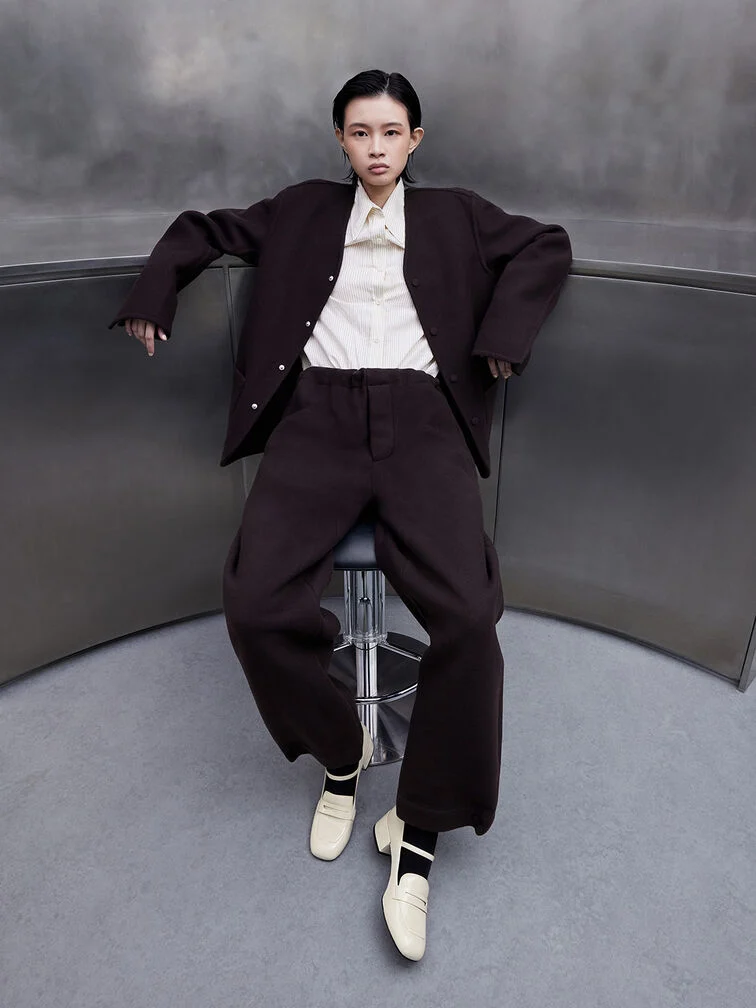
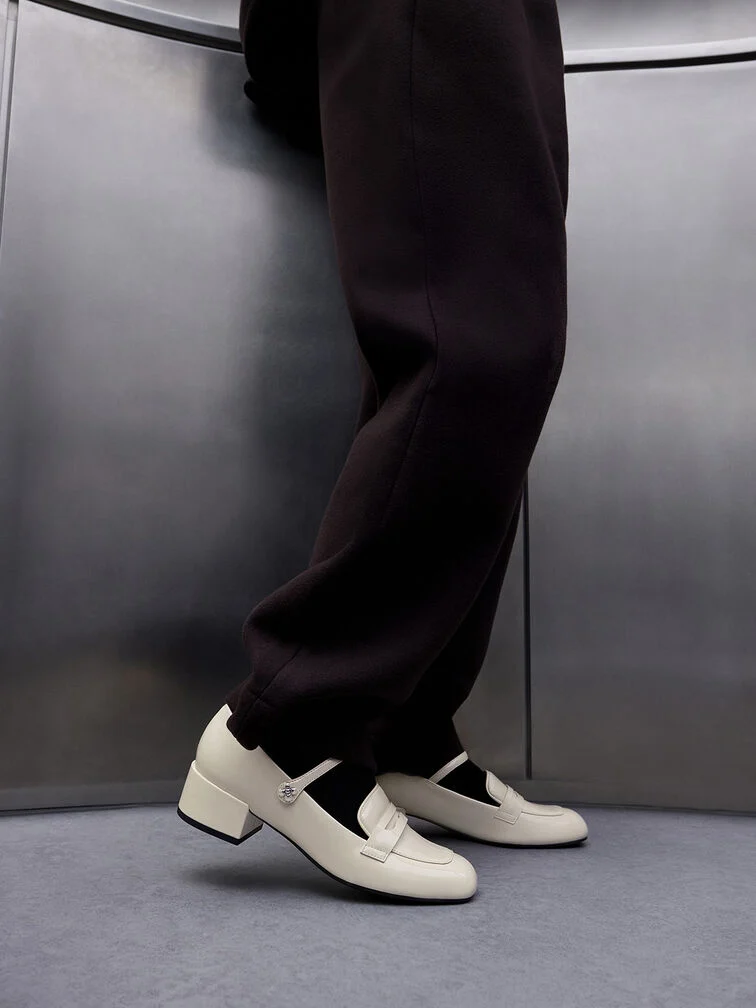
Loafers are a safe bet for traditional office environments. The sleek, minimalist profile of penny loafers is presentable, making them the appropriate choice for a typical day in the office. Other types of loafers — such as tassel loafers and loafer mules — would lean more casual, making them appropriate only in certain offices or on Fridays. No matter what style of loafers you pick, choose those with cushioned in-soles so that you will stay comfortable through long hours of commuting and being on your feet. For a truly practical combination, pair them with a structured tote bag and elevated basics.
Low Heels & Pumps
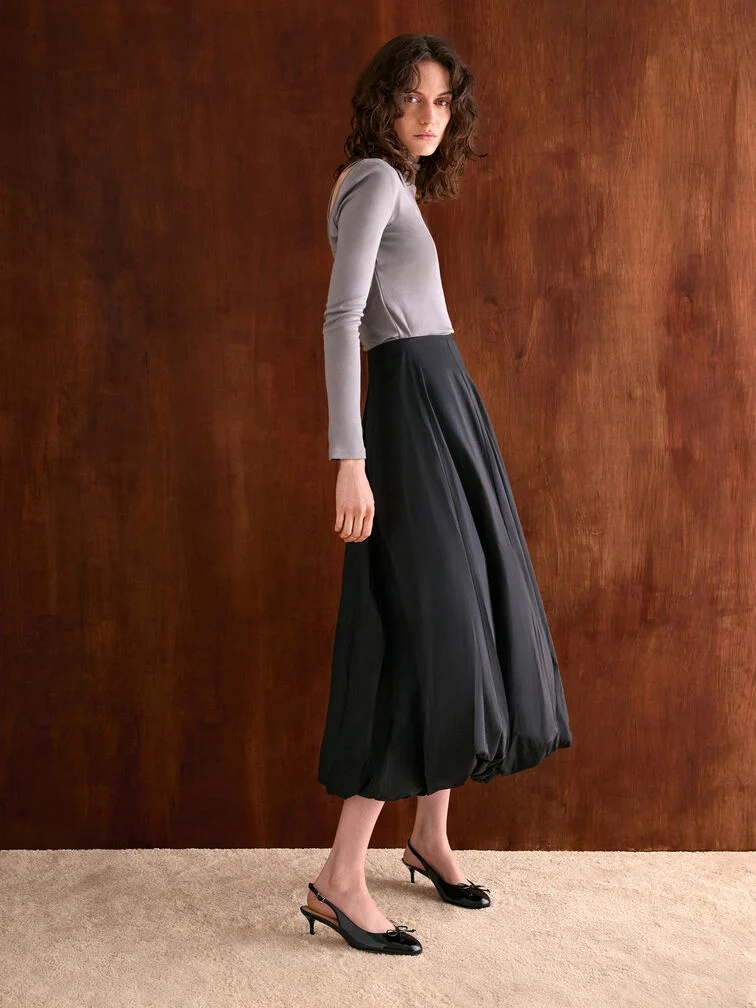
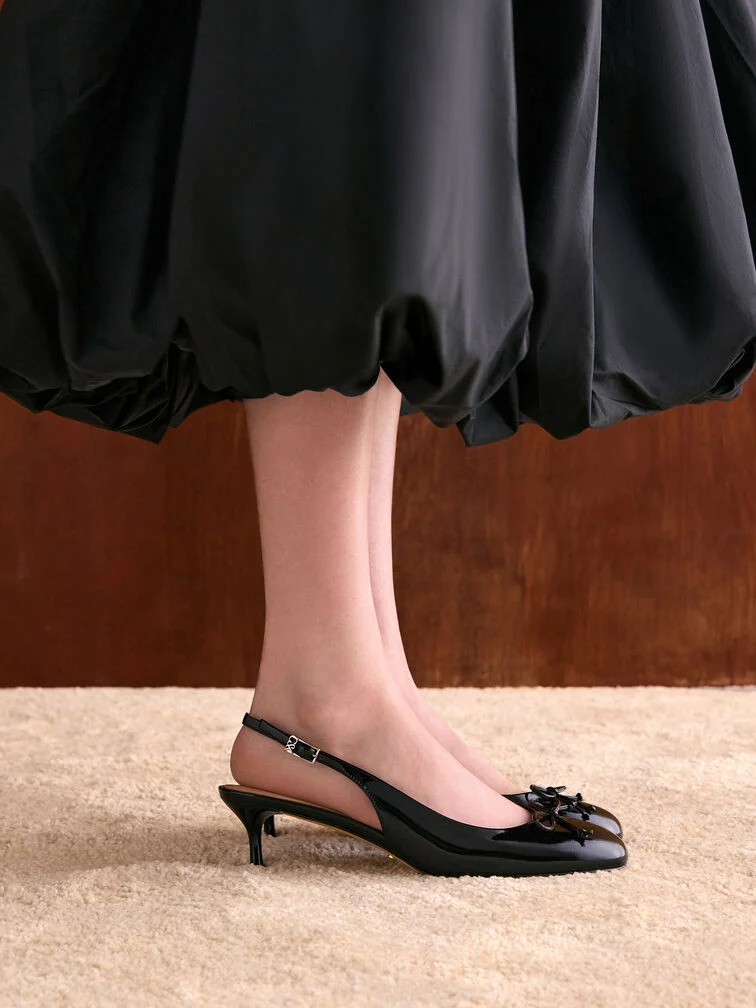
Covered low-heel pumps, a dressier option, are good for more elevated occasions. Whether you’ve scheduled a presentation, client meeting or a networking session, their polished appearance will leave a good impression. Depending on what you are comfortable with wearing, the type of heel can vary — kitten heels are a dainty, feminine choice, while block heels provide more stability. Either way, they will add just enough height to make you look smart and confident. Wear them with skirts or dresses for a sophisticated look, along with a top-handle bag or structured tote.
Flats & Ballerinas
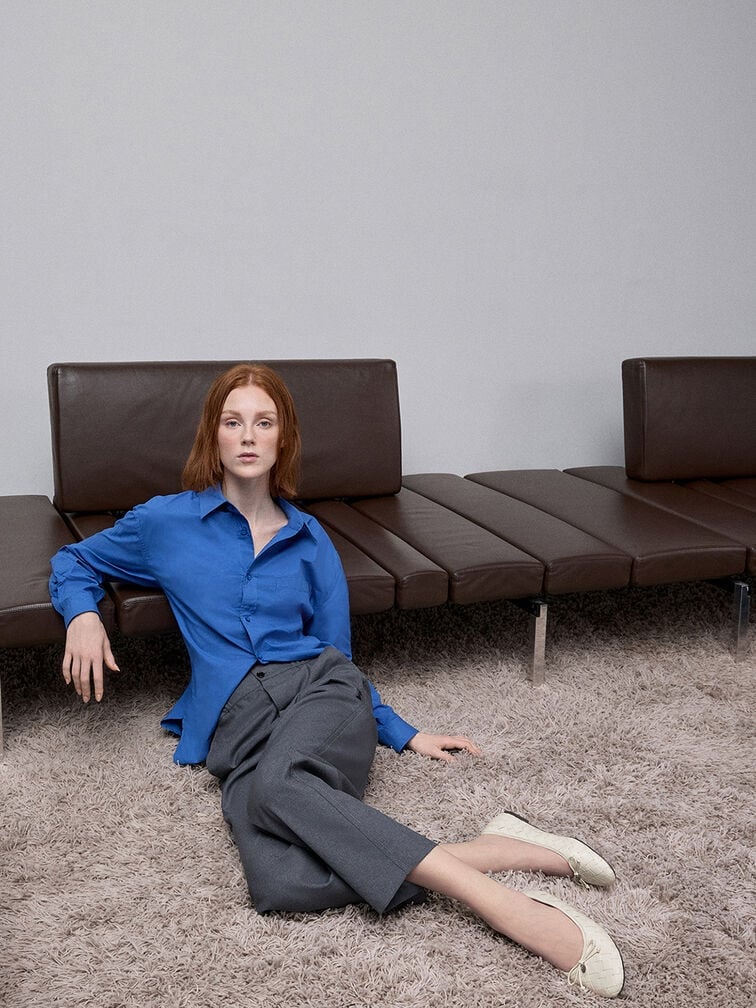
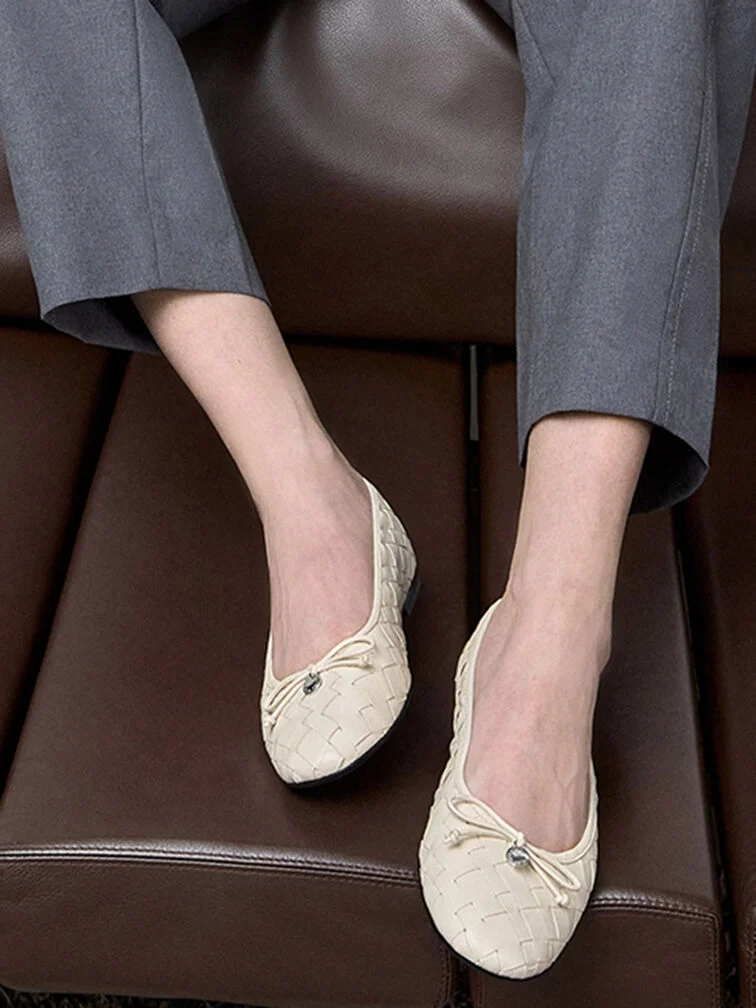
If you prefer something more feminine in style, then flats and ballerina shoes are another acceptable option. They exude elegance while also being more forgiving on the feet, making them suitable for all-day wear. Depending on the look you prefer, there are different silhouettes to choose from — pointed-toe flats look sharper and more refined, while round-toe silhouettes look and feel softer on wider feet. As a general rule, pick structured styles to adhere more closely to business casual dress codes. You can style them with anything from wide-legged pants and slouchy hobo bags to tailored separates and chic shoulder bags.
Mules & Backless Shoes
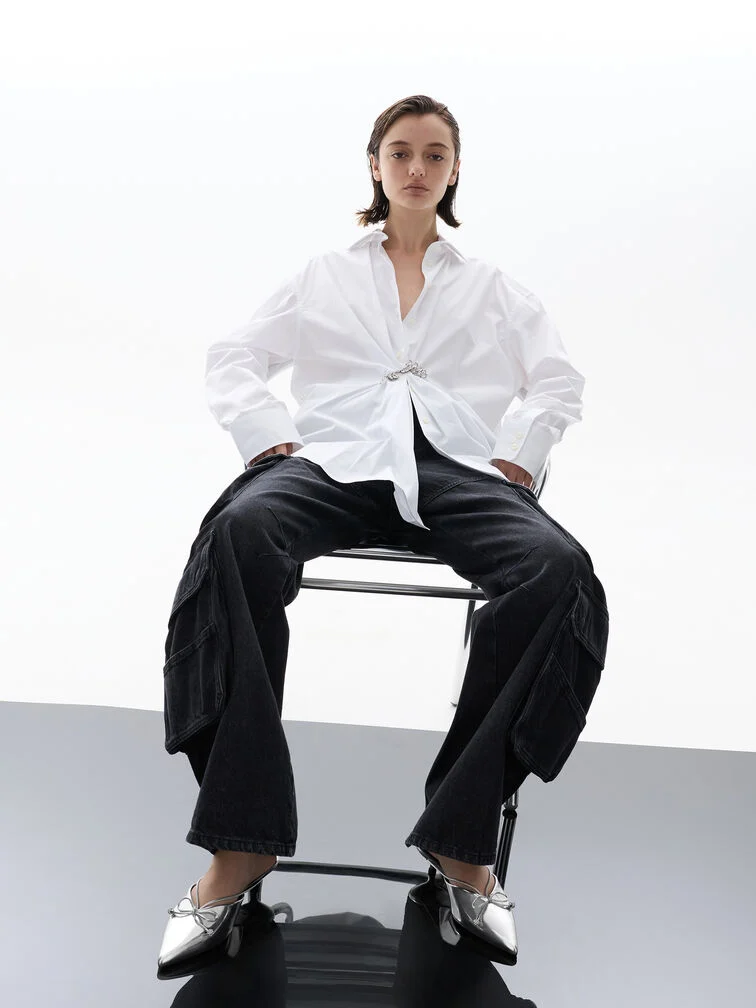
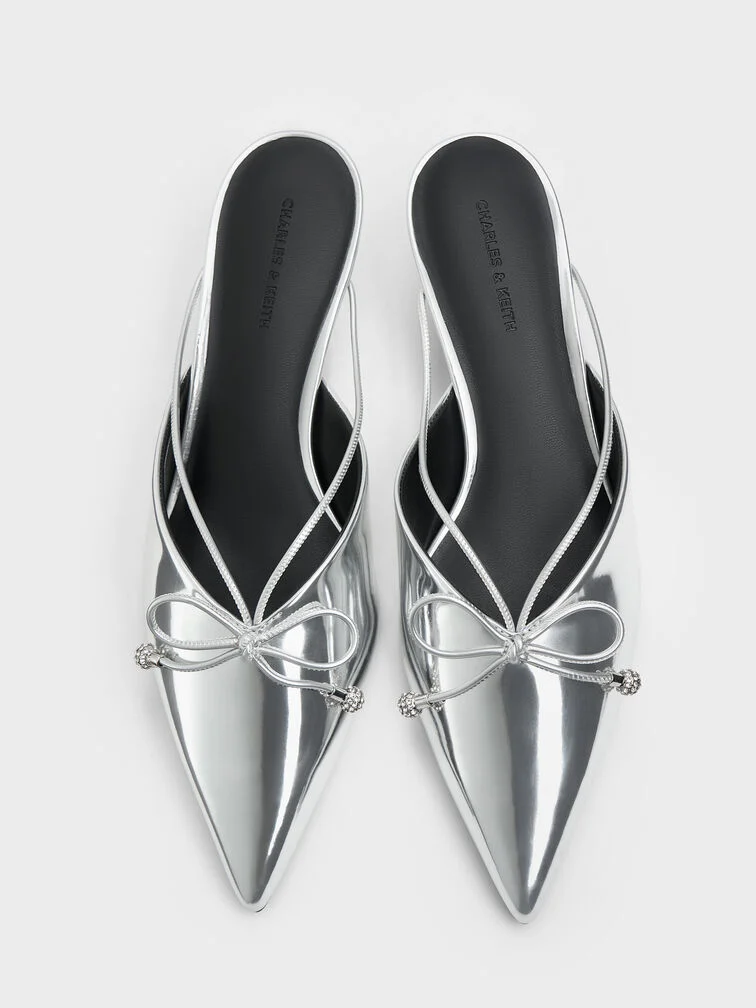
Mules and backless shoes offer maximum comfort and convenience, making them ideal for settings where you are required to put on and take off your shoes frequently. Due to their open-back design, they lean more casual on the business casual spectrum, making them ideal for more relaxed dress codes or settings. To elevate your overall look, stick to covered designs and style them with a sleek shoulder or crossbody bag.
Sneakers
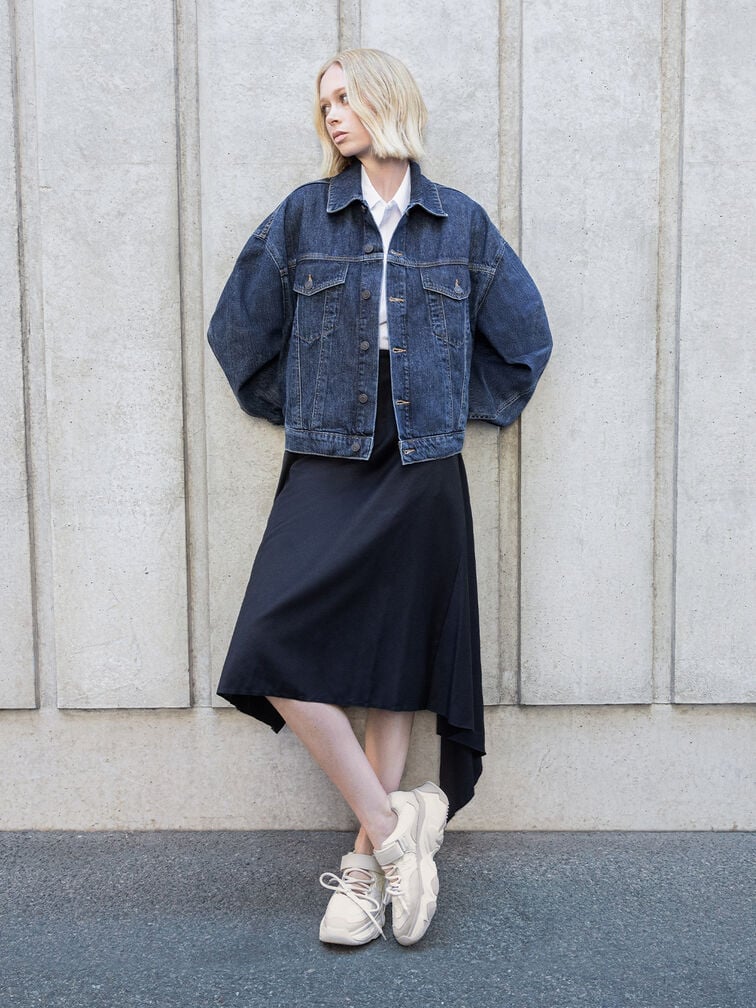
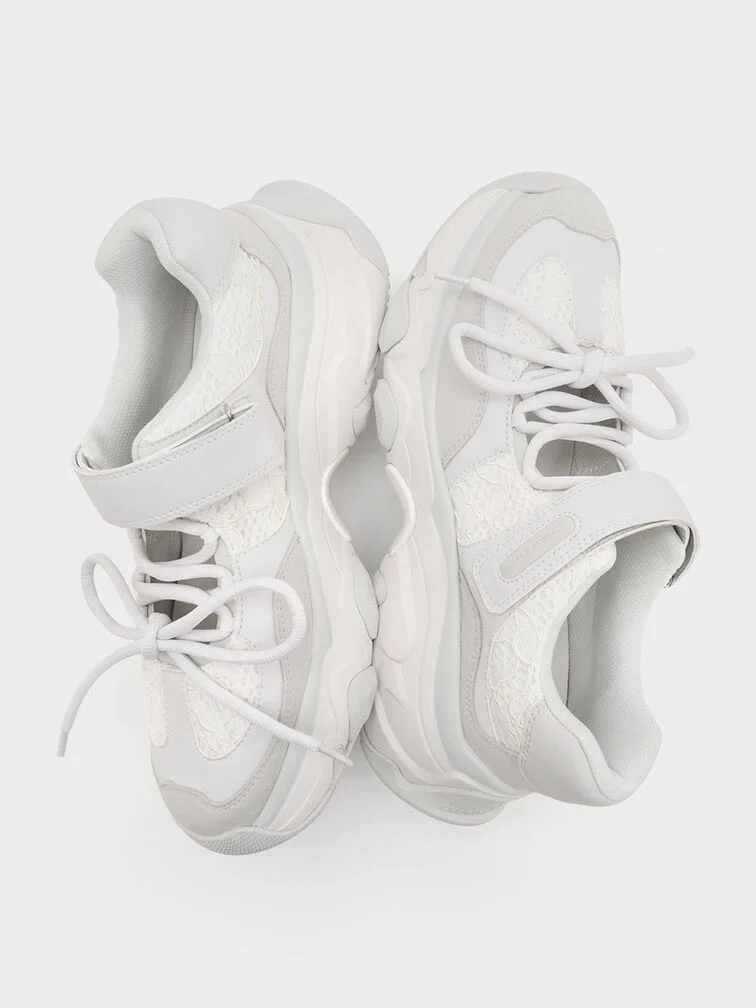
Some industries, such as the creative arts, tech and start-ups, might be more flexible with their definitions of business casual attire. In this case, sneakers are acceptable, although it is still advisable to pick plain designs and solid colors. They will be the best options for commuters or anyone who needs to be on their feet the whole day — for example, teachers and healthcare practitioners. It is also acceptable to match carriers with relaxed silhouettes like crossbody bags, soft tote bags and backpacks to sneakers.
Ankle Boots
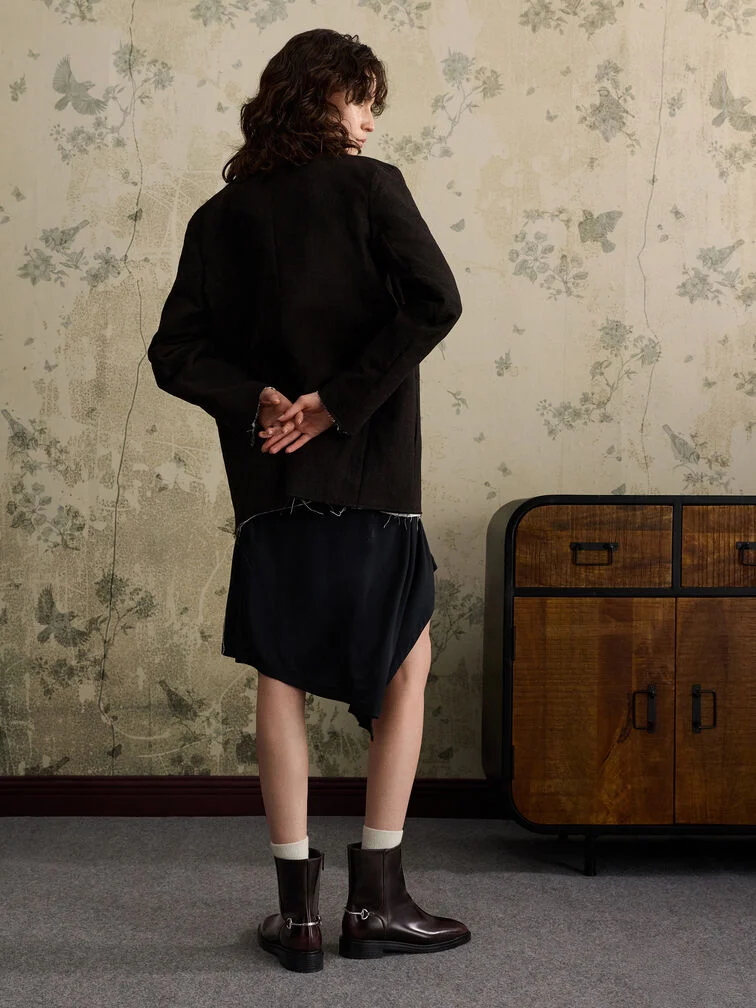
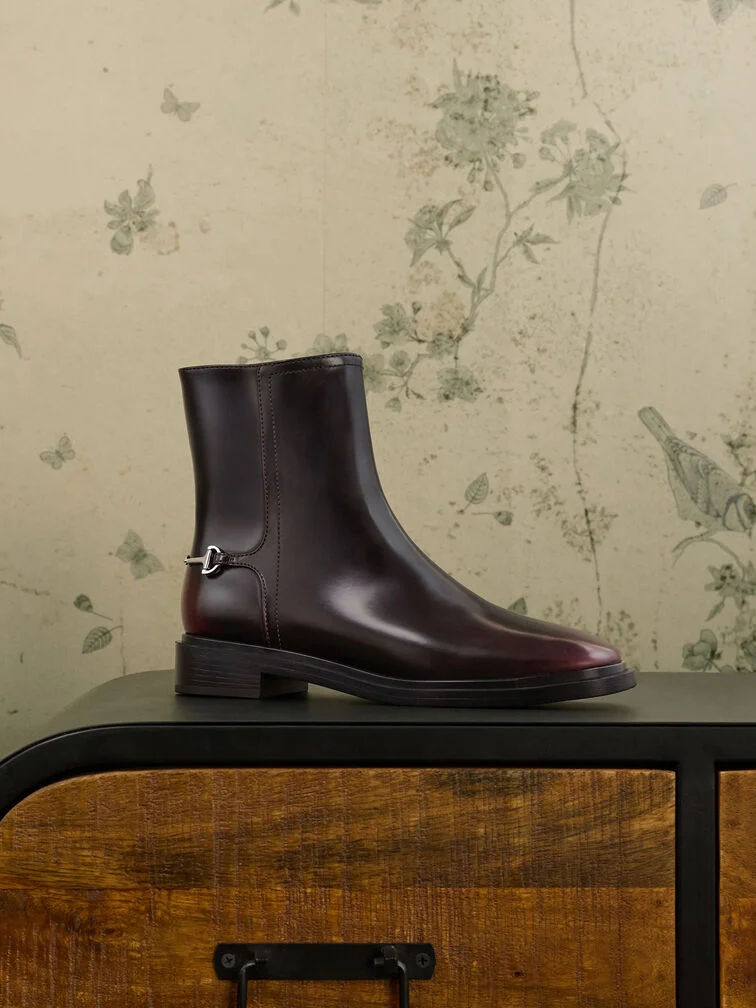
During the colder seasons, ankle boots are the perfect business casual staple. They usually feature a sturdy, durable construction, which will keep your feet warm and dry while also looking refined and sleek. For a more formal look, pick a style with minimal embellishments and a streamlined fit. Wear your ankle boots with blazers and structured leather bags to look professional and polished.
How To Choose The Right Business Casual Shoes
When it comes to picking the right shoes, there are a few factors you might want to consider before making your choice.
- Industry standards and company culture: What shoes are people in similar professions wearing? How formal is your office environment? Answering these questions can help you determine which part of the business casual spectrum you should dress for.
- Nature of your job: Do you spend most of your day at your desk or on your feet? Depending on the level of physical activity that your job entails, you can decide what is suitable and comfortable for you.
- Seasonality or weather: Some shoe styles are more appropriate for certain seasons and weather conditions than others. For instance, during winter, ankle boots provide more warmth than loafers.
- Uniform requirements (if applicable): If you are required to wear a uniform, it is likely that you have to abide by certain standards and specifications. Consult your Human Resources department or manager to figure out what the appropriate footwear choices are. If you are in the service industry, for instance, it might be mandatory to wear a specific style of low-heeled pumps.
- Your personal style: What do you usually like to wear? Evaluating the aesthetic you prefer or the style of garments you have in your wardrobe can help you decide what shoes to pick.
| Traditional Business Casual Dress Code | Creative / Laidback Business Casual Dress Code | |
|---|---|---|
| All-Day Wear & Commuting | Loafers or Low Block Heels: Sleek in style but comfortable enough to walk in | Ballet Flats or Sneakers: Comfortable and relaxed |
| Networking & Meeting Clients | Closed-Toe Pumps or Slingback Heels: Polished and presentable | Statement Flats or Ankle Boots: Presentable with a personal flair |
| Spring / Summer | Classic Flats or Structured Loafers: Breathable and versatile | Strappy Mules or Open-Back Loafers: Breathable and comfortable |
| Fall / Winter | Ankle Boots or Closed-Toe Pumps: Look sophisticated and keep your feet warm and dry | Leather or Shearling-Trimmed Boots: Warm and cozy |
Choosing the right business casual shoes for your needs can be tricky, but there are many options to pick from that will cater to your style and purposes. Explore the full range of designs available on our website — from loafers and pumps to sneakers and ankle boots.